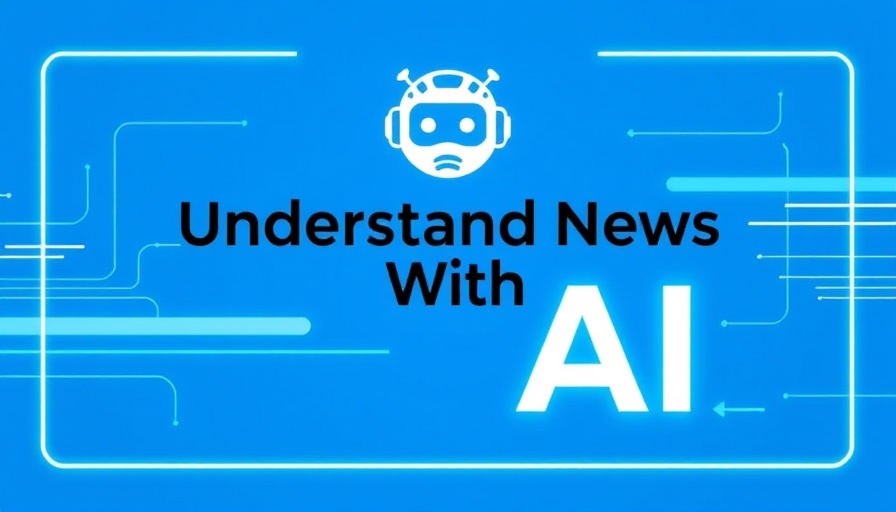
The Rise of AI in Customer Support: A New Era
In a significant development within the tech landscape, Salesforce has made headlines by reducing its customer service workforce from 9,000 to 5,000 employees, showcasing a shift toward AI-driven solutions in customer interactions. With AI now managing a whopping 50% of customer inquiries, the company's CEO, Marc Benioff, frames this transition as part of a necessary evolution, rather than a dystopian rejection of human involvement.
Understanding the Impact of AI Job Cuts
The decision to cut approximately 4,000 jobs was highlighted during an interview on the Logan Bartlett Show. Benioff, who initially dismissed fears surrounding AI-driven job losses, has acknowledged that his views have changed as AI has proven its effectiveness in managing customer conversations. "I need less heads," he stated, underscoring the drastic changes being made at Salesforce to adapt to a new business model.
Combining Human Touch with AI Efficiency
As Salesforce integrates AI, they have adopted a hybrid model that balances the efficiency of automation with the irreplaceable human touch in critical roles. The CEO emphasizes that technology should enhance human-led service rather than completely replace it. To facilitate this, an "omnichannel supervisor" has been introduced to ensure that human agents can smoothly transition the inquiry back from AI when complex situations arise.
Broader Trends in the Tech Industry
This move follows a growing trend seen across the tech industry, where major names like Microsoft and Meta have also slashed jobs in response to the increasing capabilities of artificial intelligence. The tech landscape is undergoing a radical transformation as companies strive to harness AI for improved efficiency while grappling with the social implications of job cuts.
A Future Focused on Acceptance and Adaptation
While it’s easy to view these changes as negative, it’s essential to recognize that the shift toward AI also opens the door for new opportunities. Salesforce’s AI initiatives are designed to manage over 100 million previously untouched sales leads through their "agentic sales" system. As automation increases, it creates avenues for businesses to innovate and serve their customers more effectively.
Empowering Human Roles with AI
So, how can businesses and employees adjust to this new AI-driven reality? It starts by embracing change, fostering a culture of adaptability, and prioritizing upskilling. The reality is that AI not only streamlines processes but also enables human workers to focus on high-value interactions that require empathy, complex problem-solving, and creativity.
Reflecting on the Human Experience
For workers affected by these transitions, it’s crucial to highlight the personal stories and experiences behind the layoffs. Striving to be equitable, companies may consider providing support initiatives, job transition programs, and further education to help individuals recalibrate their careers in an AI-enhanced world.
The emotional weight of these changes is felt deeply, as the tech industry grapples not only with managerial strategies but also with the livelihoods of those who have dedicated their skills to customer service. Let us remember the human stories that define these developments.
Staying Informed and Engaged
In conclusion, as we navigate this AI-infused future, the conversation must center around coexistence and enhancement rather than replacement. It’s essential to stay informed and actively engage in discussions surrounding AI's role in shaping the workforce.
 Add Row
Add Row  Add
Add 




Write A Comment